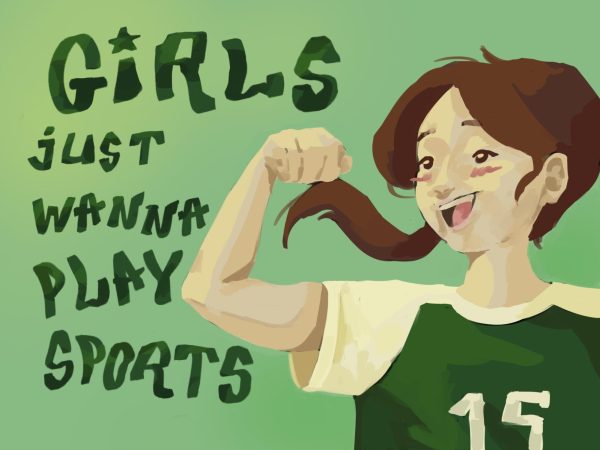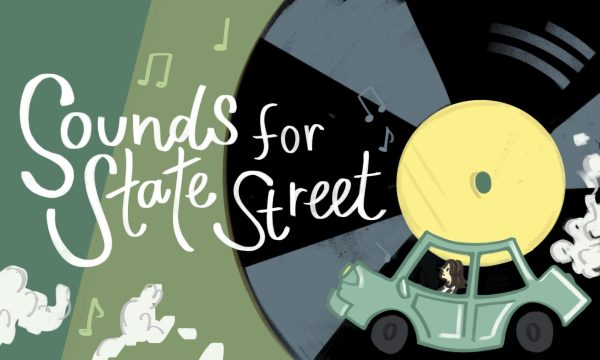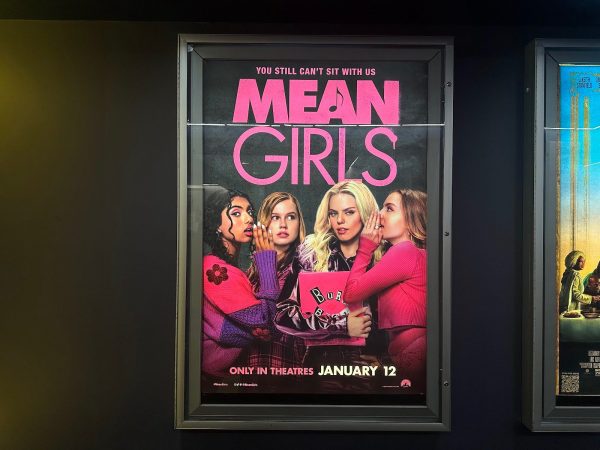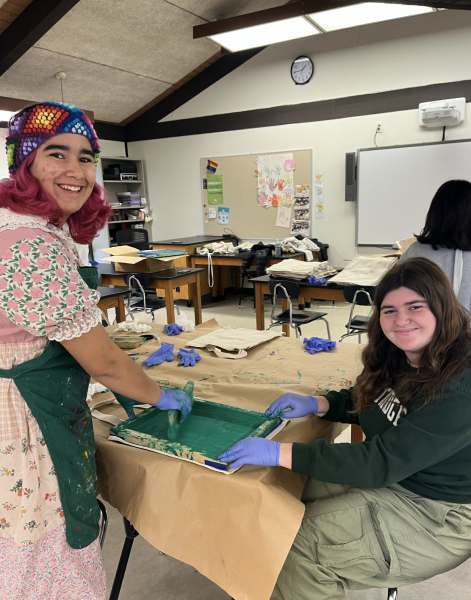Opinion: Teachers’ Political Beliefs Do Not Belong Inside the Classroom
When was the last time you heard a student openly support or assert a conservative position on campus? More often than not, you’re likely to hear a criticism of Trump or of the Supreme Court. That in and of itself isn’t an issue. The issue is the absence of rebuttal or discourse. What’s worse is when a teacher enters the discourse, effectively shutting down the already slim possibility for discussion.
While Westridge may emphasize its core values of integrity, respect, responsibility, and inclusion, achieving inclusion is only possible when all voices on campus feel comfortable articulating their ideas and opinions. When teachers openly express their political opinions to their students, they risk threatening student learning.
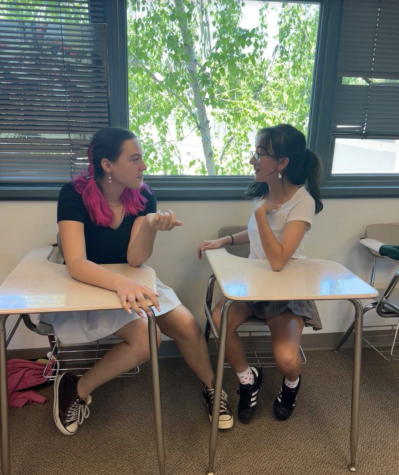
Teachers should remain neutral inside the classroom so that they don’t contribute to the pressure conservative-minded students already face to conform their political beliefs to fit the majority viewpoint. Along with creating a more inclusive environment for students, teachers should remain neutral to allow students to utilize their critical thinking skills to reach their own conclusions without influence.
Self-censorship among conservative students is common in institutions outside of Westridge. Some students already strive to emulate the political beliefs of their teachers and conceal their views in the process. This reality, where many students across the country feel the need to suppress their beliefs inside the classroom, is only worsened when teachers reveal their political views to their students.
During my time as a Westridge student, I have heard teachers repeatedly demonize Trump, label right-leaning views as “uneducated,” and associate our country’s Republican leaders as inherently racist or sexist. Teachers can and should play a role in making sure ALL viewpoints have the opportunity to be raised and even explored.
At the beginning of last school year, I wrote an article for Spyglass about the minority of students on campus who opposed Westridge’s COVID-19 vaccination mandate. The response from the Westridge community, particularly students, was extreme, but the saddest part was that I wasn’t surprised at all. The handful of students quoted in my article who opposed the vaccine mandate faced backlash. And even I, as the writer reporting on the issue from a neutral stance, was accused of being uneducated and a “Trumpy.” I had always known that Westridge was very left-leaning, but my experience writing the article made me realize just how unwilling the Westridge community is to hear, let alone respect, different opinions.
My time on Spyglass has pushed me to understand just how important it is to approach an issue or topic with balance, neutrality, and a willingness to examine my own bias. With each article I write, I strive to uncover various perspectives, even if they do not match my own, and present a balanced story. I wish that other students could understand this—how a diversity of perspectives can not only expand our understanding but improve dialogue and civil discourse. Teachers eliminate the opportunity for discourse when they interject with their own opinions. Students want to learn from their teachers and will associate their teacher’s stance on an issue or topic as the “right” one, discouraging them from exploring an opposing view that they may have initially held. Ultimately, learning can’t take place when students refuse to challenge their own ideas and beliefs. Teachers’ neutrality can be a big part of the solution that will create a climate of curiosity and respect in which this can happen. Teachers can and should play the role of a referee in the classroom, maintaining a healthy space for students to explore and challenge each other’s beliefs but always with respect and fairness rather than playing in the field themselves.
Teachers’ and students’ expression of political beliefs is protected by the First Amendment. The 1968 Supreme Court Pickering v. Board of Education upheld the expression of free speech guaranteeing the right to express political beliefs under the First Amendment, given that they do not disrupt the workplace of a school or students’ learning environment. Although teachers have the right to share their opinions in the classroom, this right does not necessarily mean that they should. Remaining neutral is critical to enhancing student learning by creating a safe space for all students inside the classroom.
It is also important to recognize the fact that teachers are authority figures. There is inherently a power imbalance in a teacher-student relationship: teachers are the ones who give grades to students, and, therefore, students may alter their political opinions to fit their teachers’ views. Especially in classes like history where political discussions are inevitable. Students who hold a minority perspective or even raise a question that might be perceived as “problematic” face certain censure from their peers and sometimes their teachers. Teachers, like everyone else, are not immune to their natural bias, but as teachers, they’re responsible for raising the standard of discourse and creating a space that invites all students to participate regardless of how they personally feel or what they believe. After all, encouraging students to develop their own thoughts, rather than parroting the ideas of teachers or other students, is the true purpose of school and learning.
The bottom line is that school is meant to provide space for students to form their own ideas about the world, their communities, and themselves—all of which prepare them for life after graduation. Westridge, for example, aims to “help [students] find their voices and discover how to put them to work in support of their passions and the greater good, and that takes practice.” Allowing students to “find their voices” is one thing, but being able to share them is another. How can students in the minority viewpoint “find their voices” when they are continuously silenced? This needs to change. Removing teachers’ political opinions from the classroom is a start.
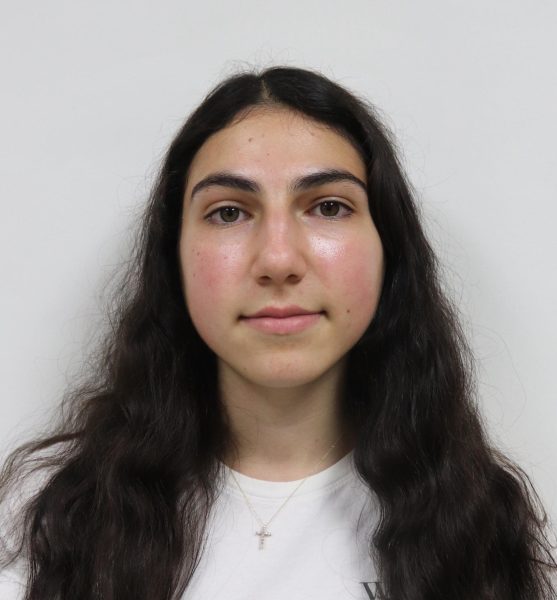
Sophene is a junior and in her fifth year writing for Spyglass. She serves as the Managing Editor of Spyglass this year. In her free time, she enjoys baking,...

![Many students at Westridge recognize the benefits of rewriting, but do it ultimately for a better grade. [When I revise] I get to make those changes and like, obviously, get a better grade, but also because Im learning more things, said Avin M. 27.](https://westridgespyglass.org/wp-content/uploads/2024/05/ElizaK-Rewrite-Policies-1200x750.jpg)
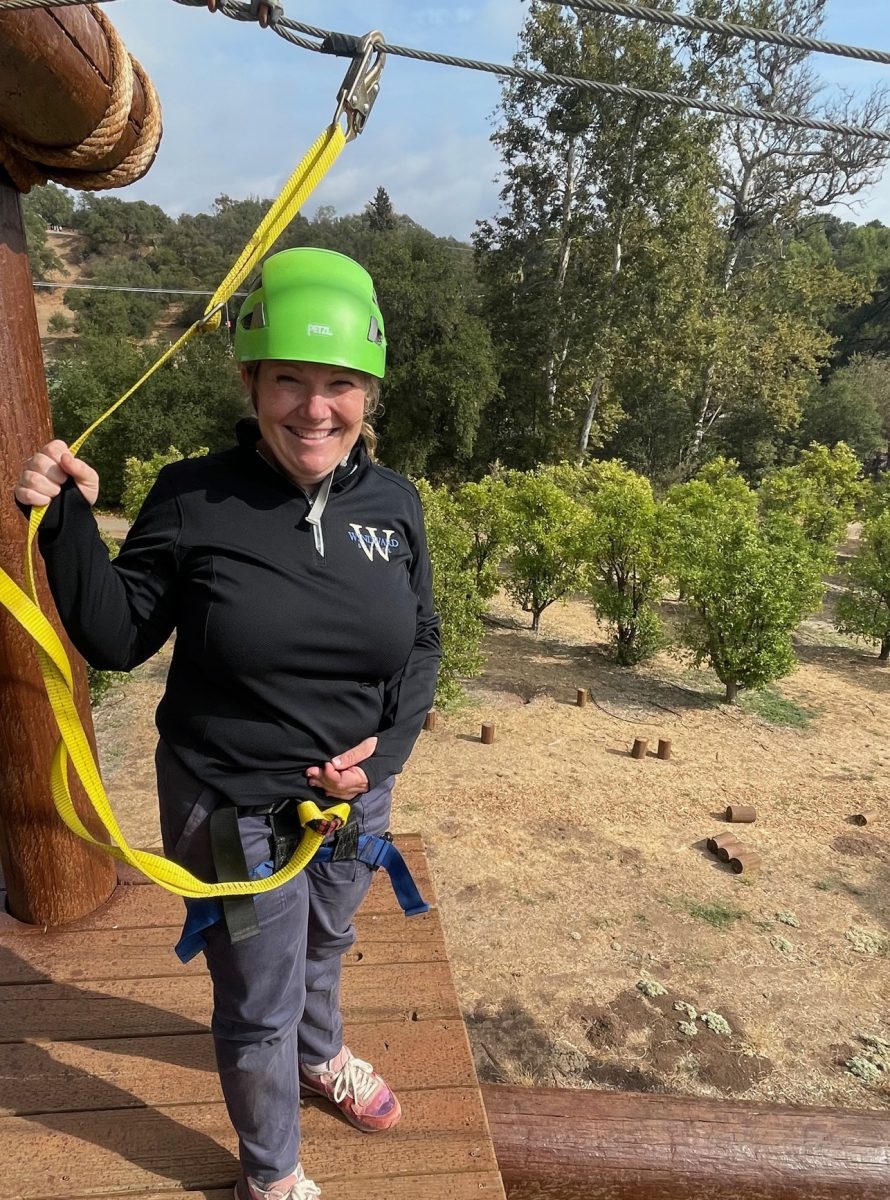

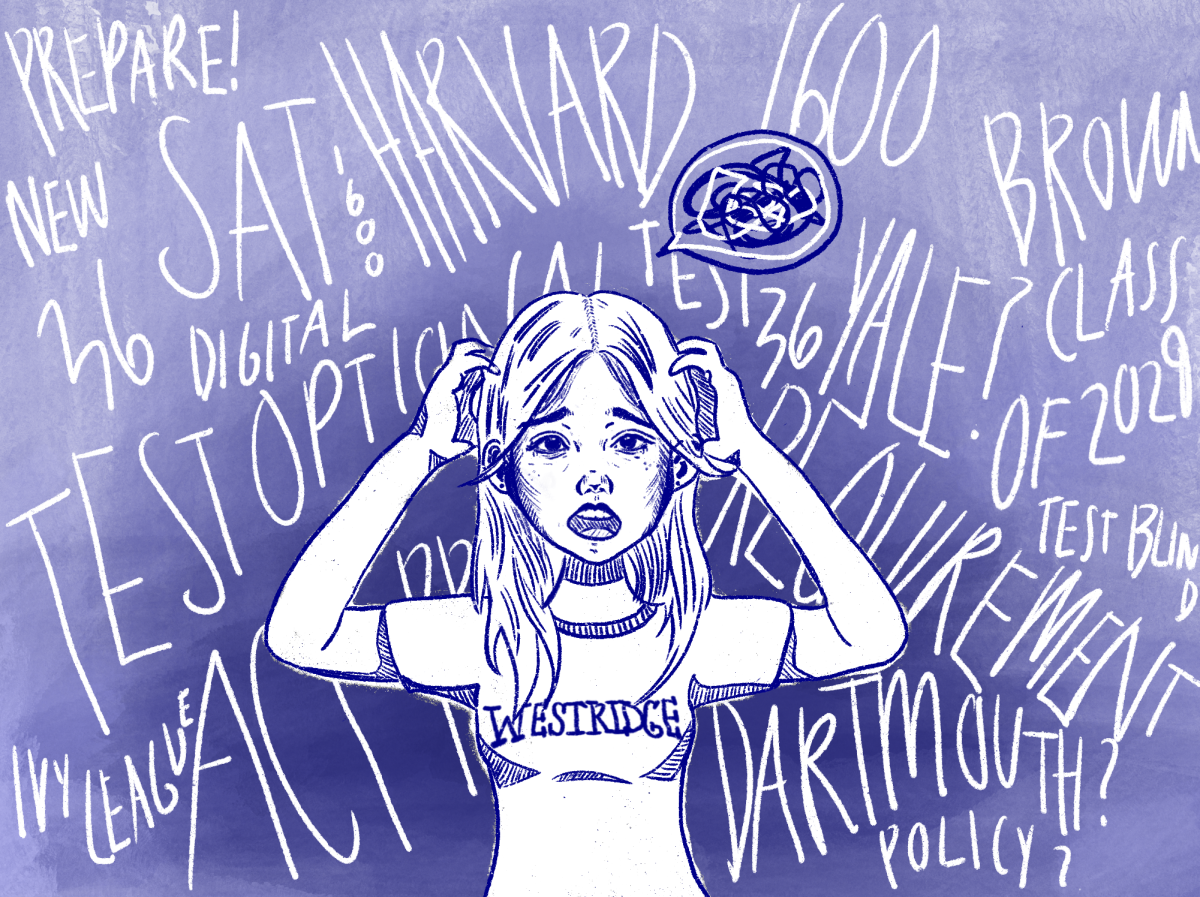
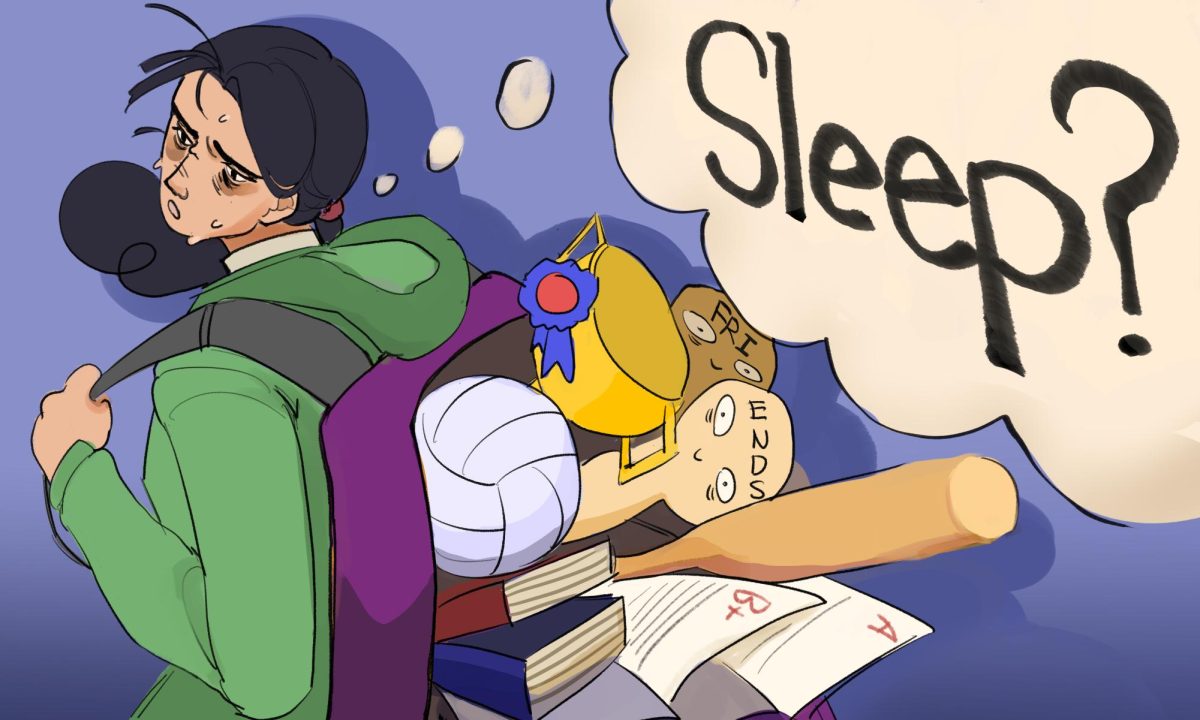
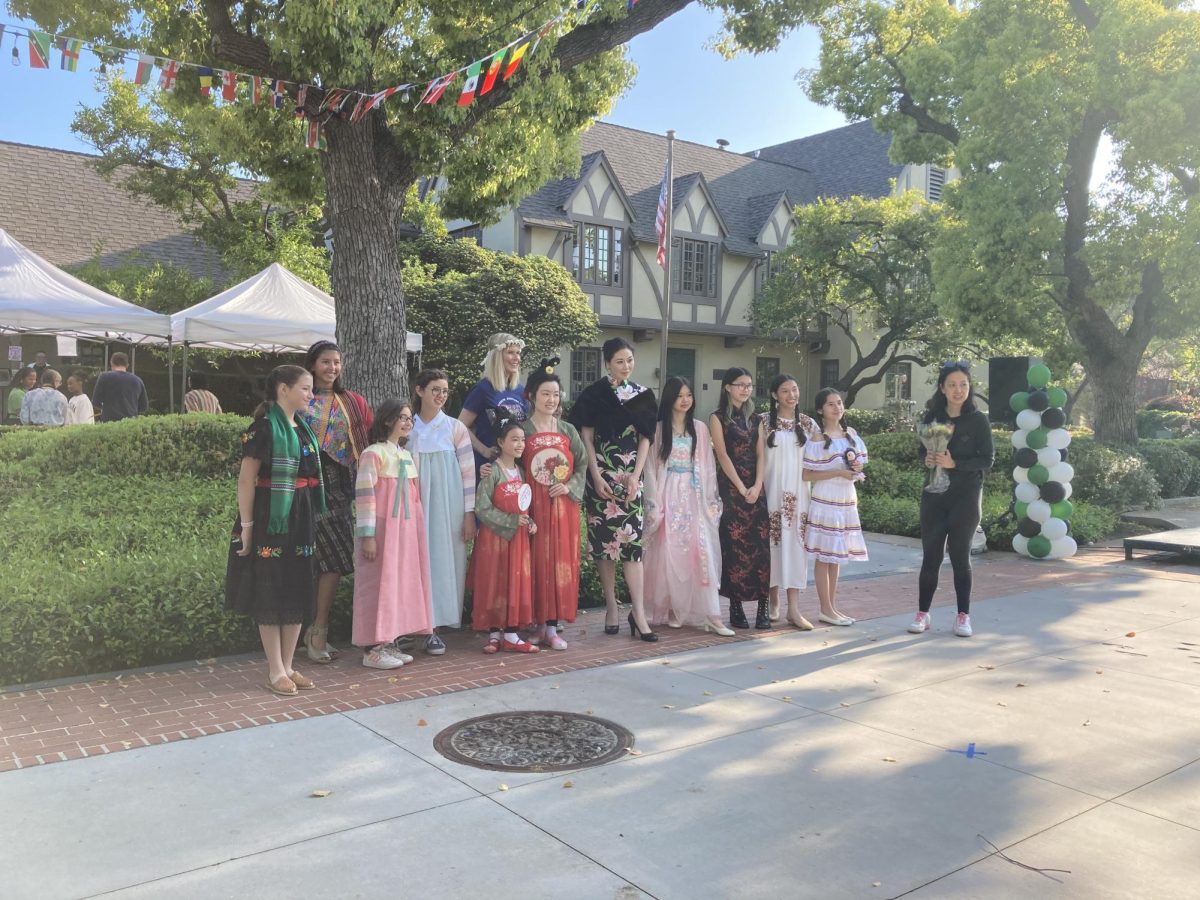

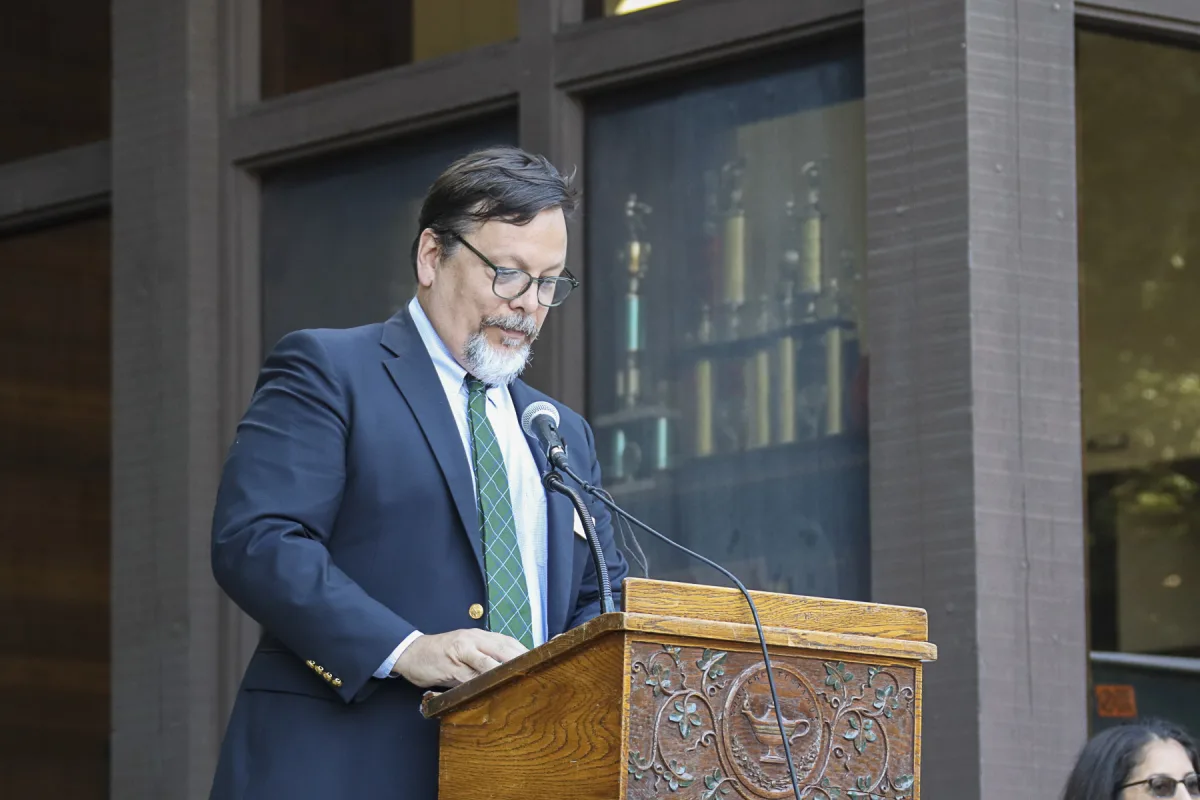
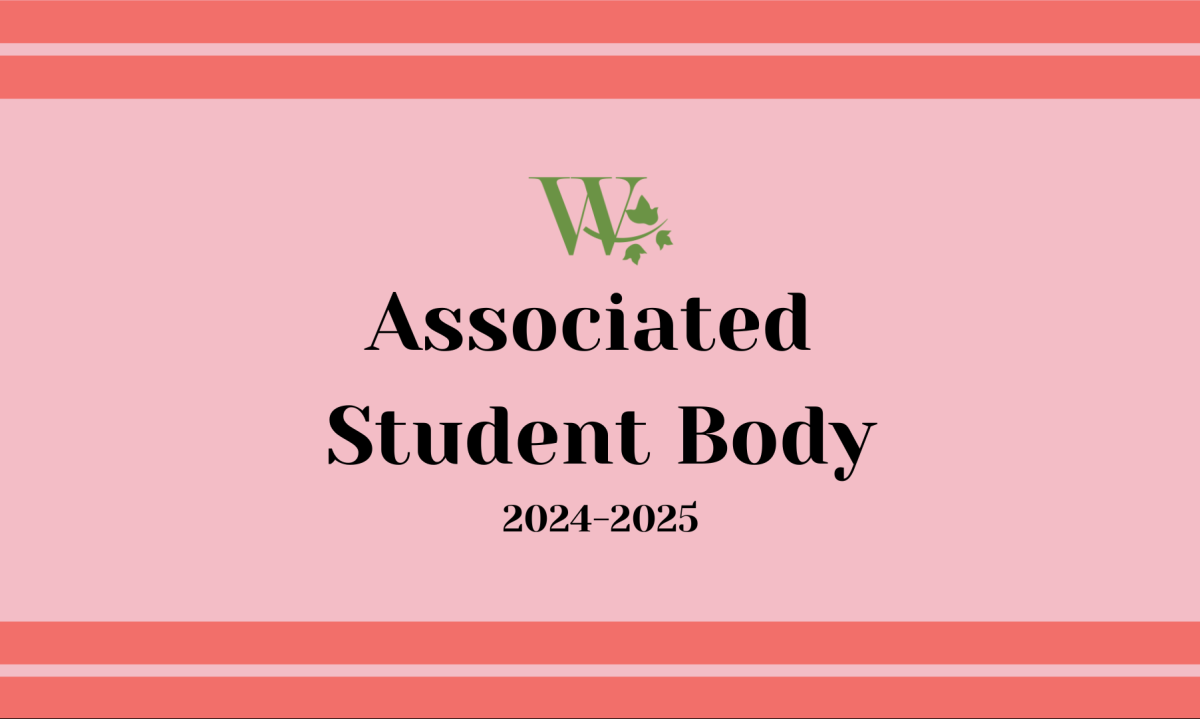
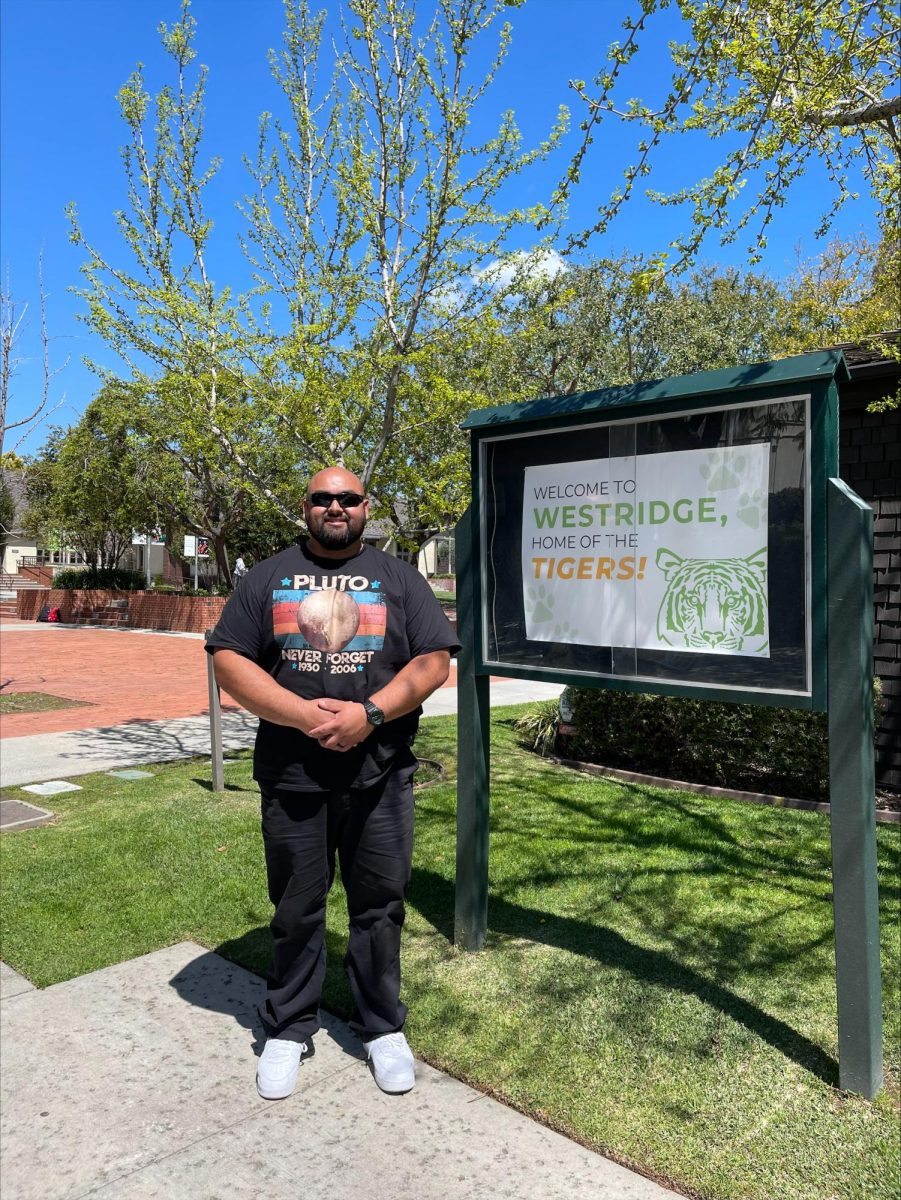
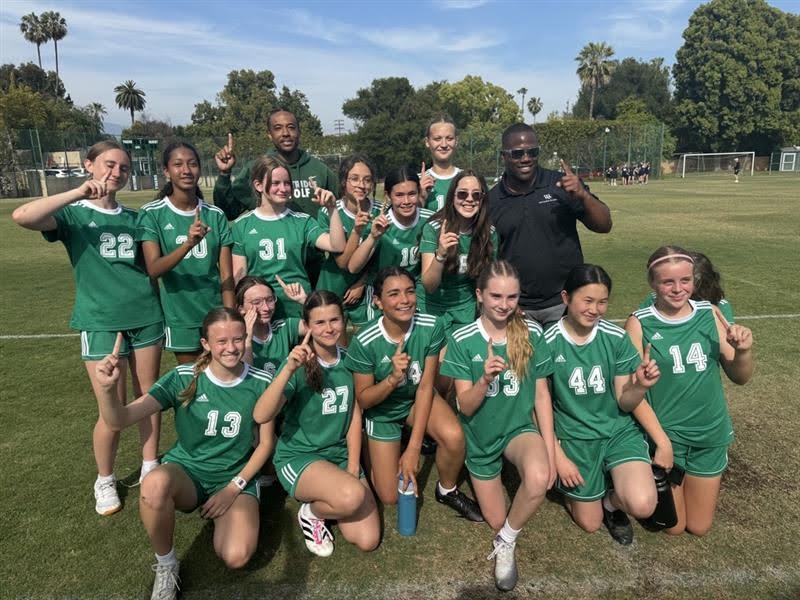




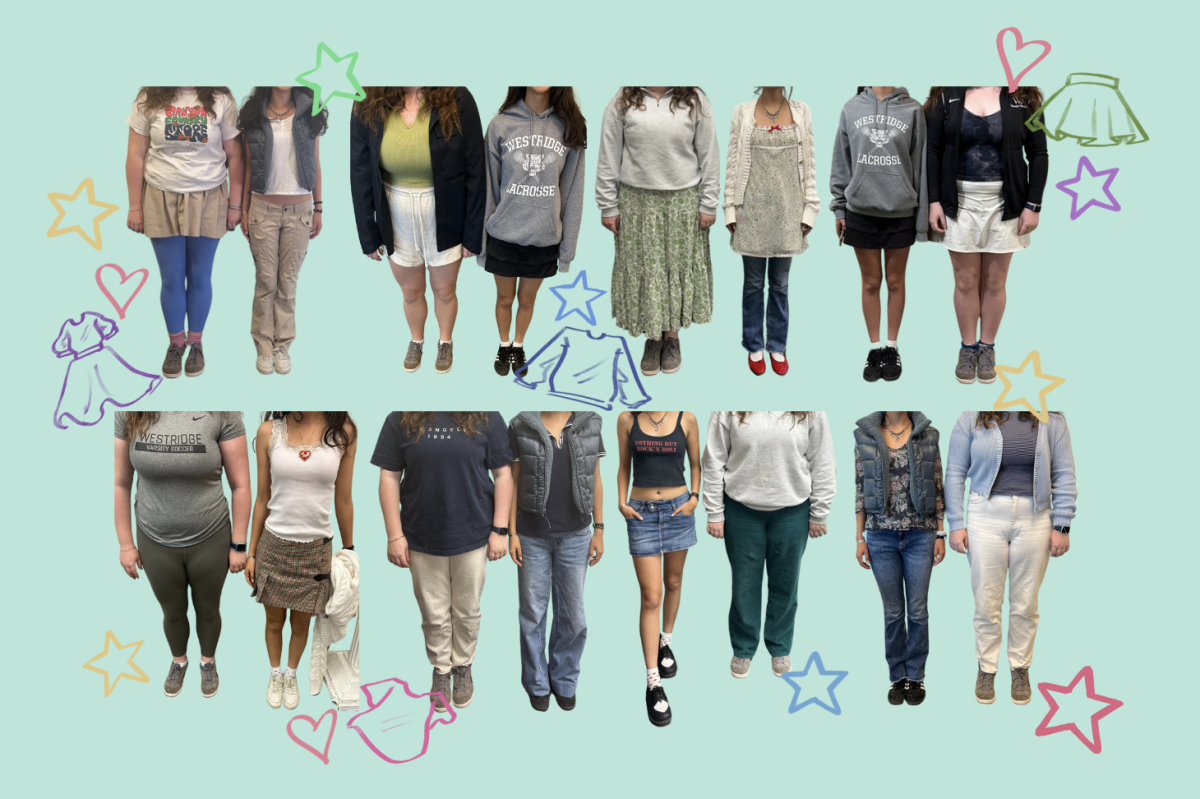


![[TTPD] has the more story-like poetic lyrics of folklore/evermore with her classic pop instrumental and production, so it feels very “her” to me. Like a culmination of everything she’s done to get to where she is now, comments Eliza L. 25](https://westridgespyglass.org/wp-content/uploads/2024/05/19swift-arrival-qfgw-articleLarge.jpg.webp)

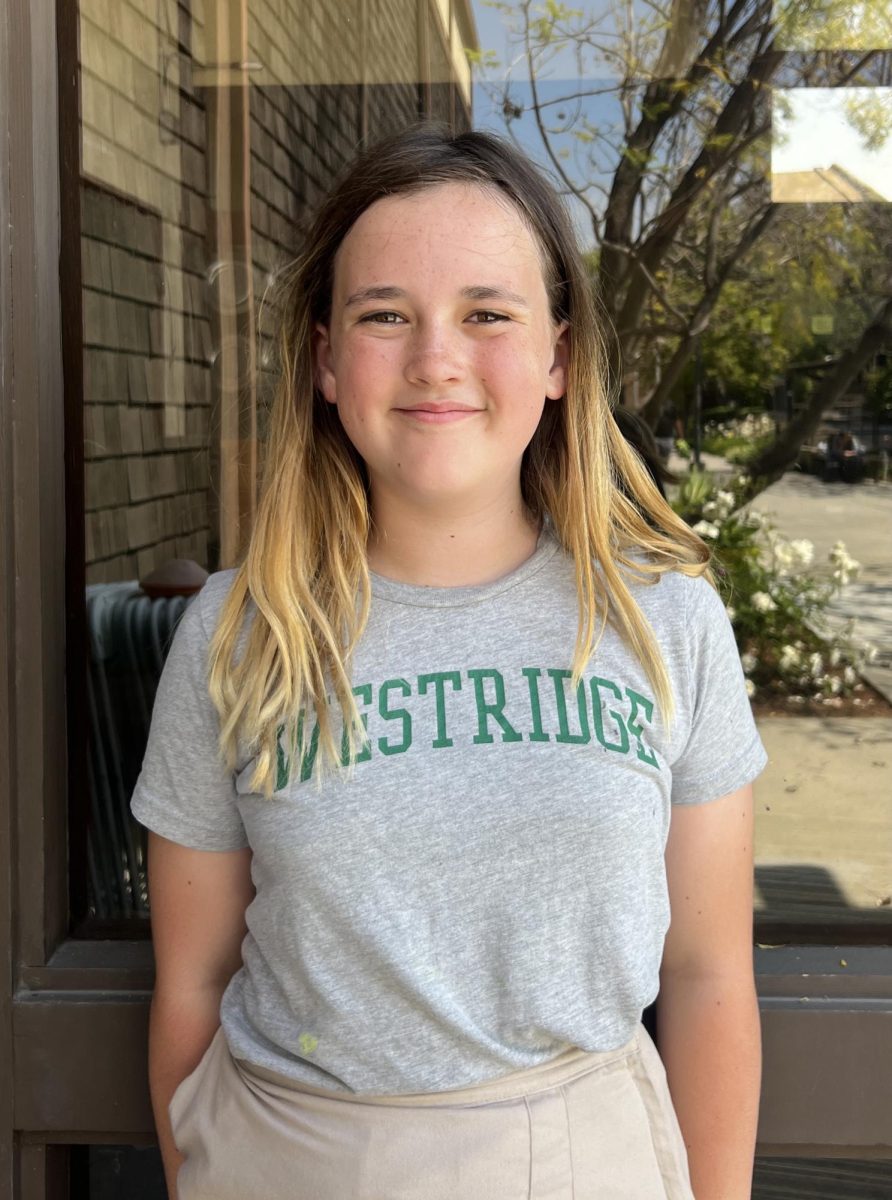
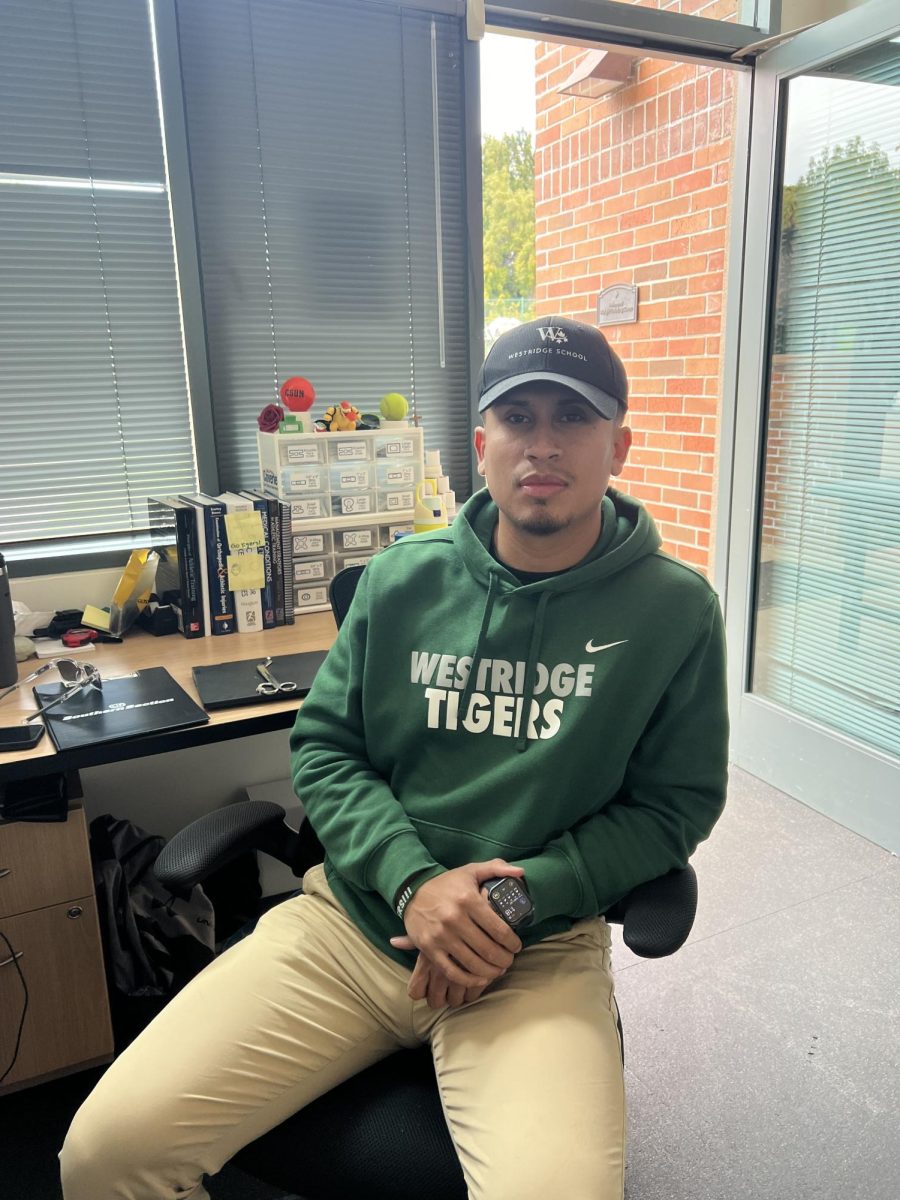
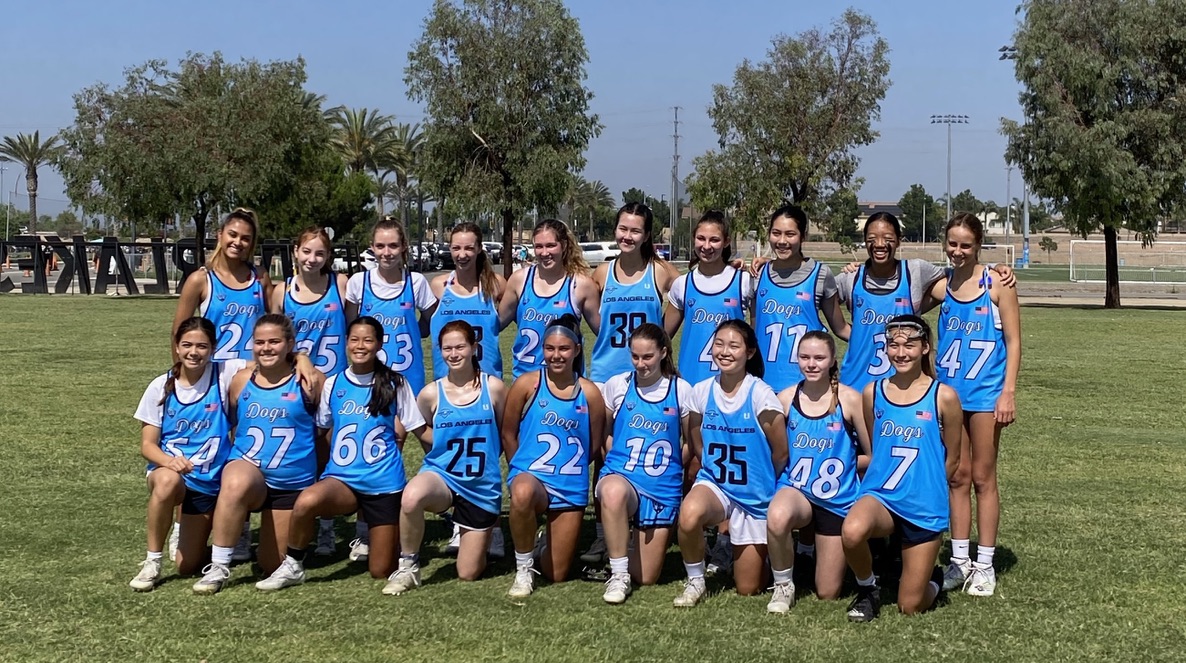
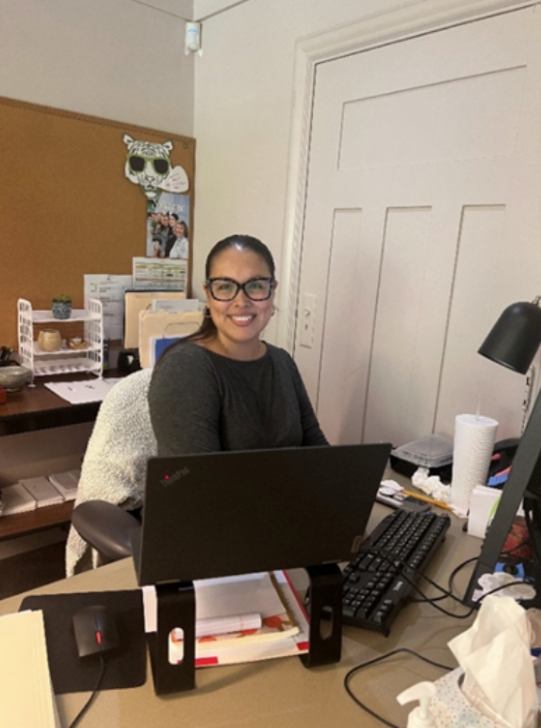
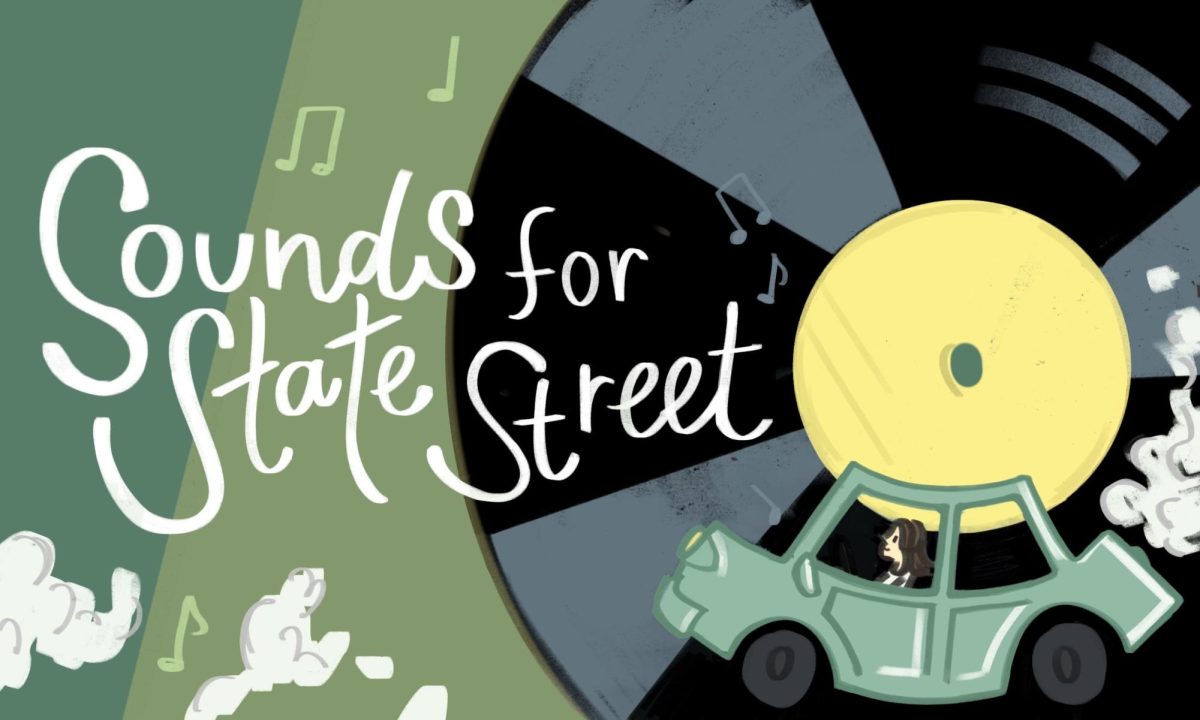


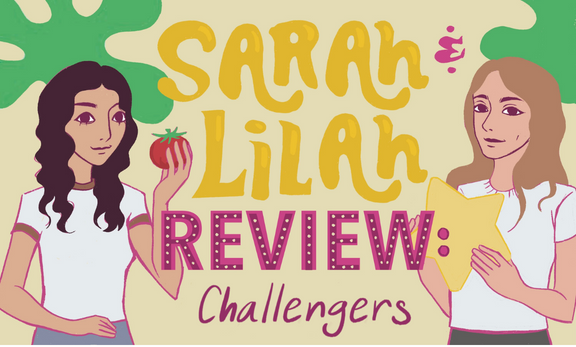



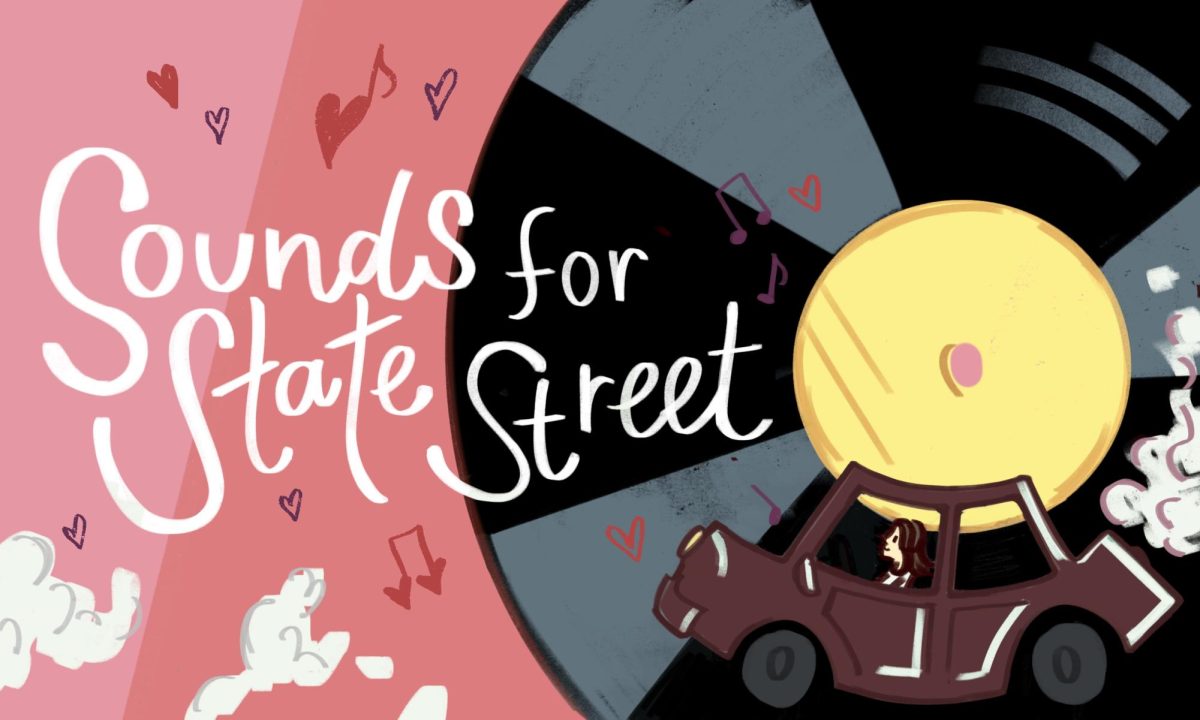
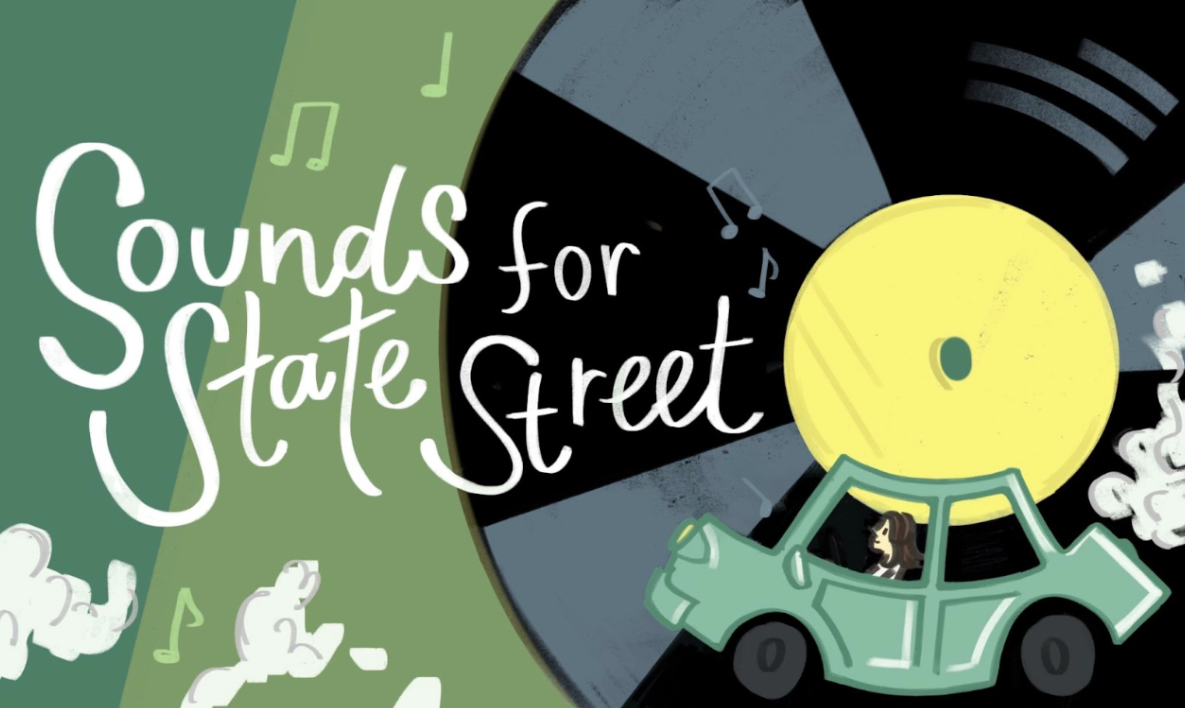


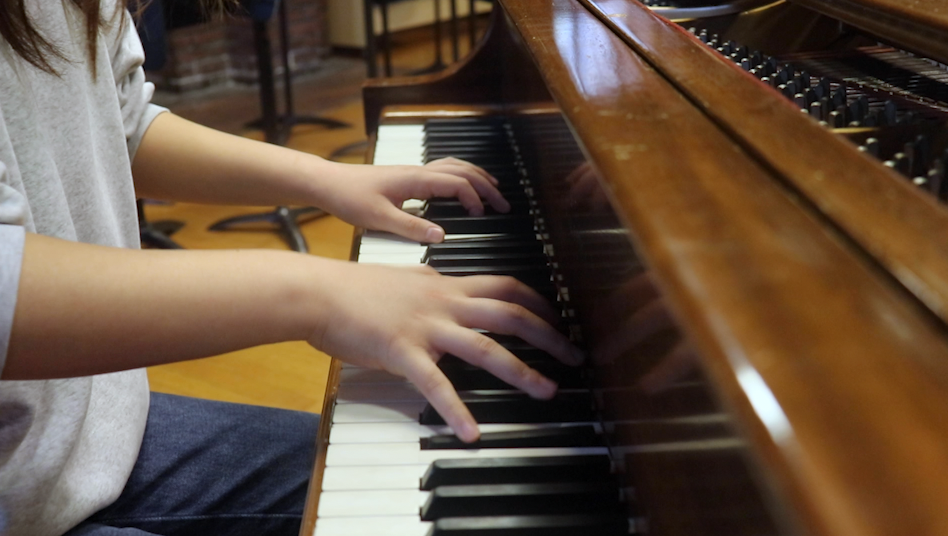
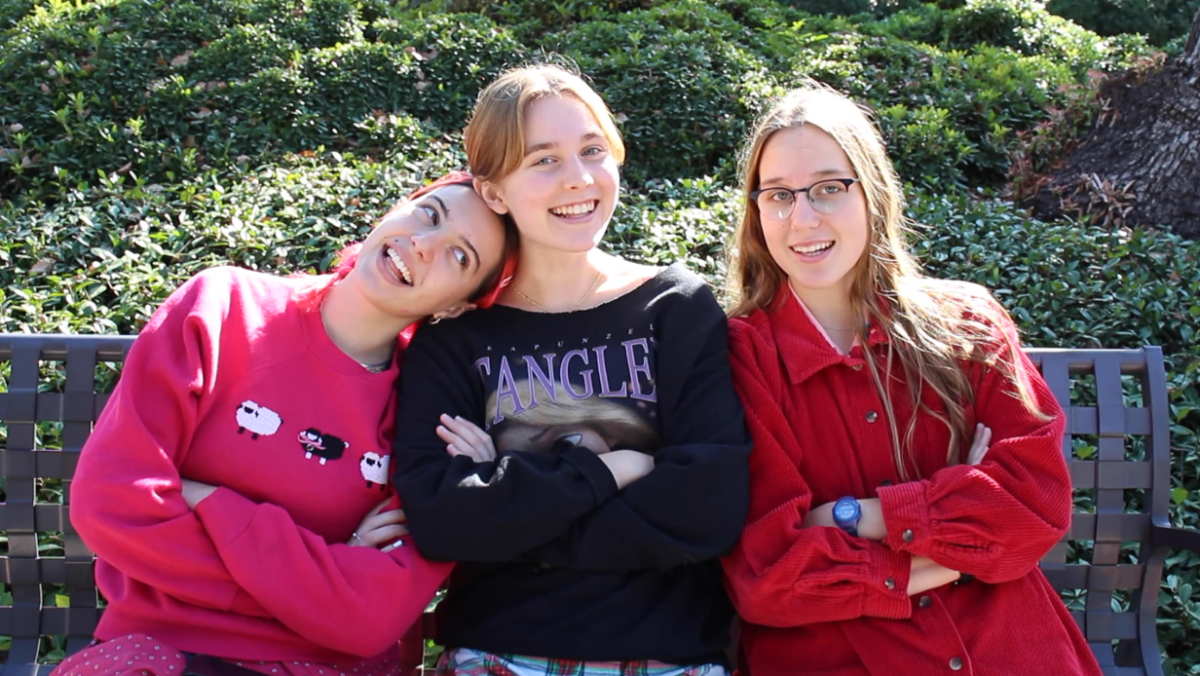
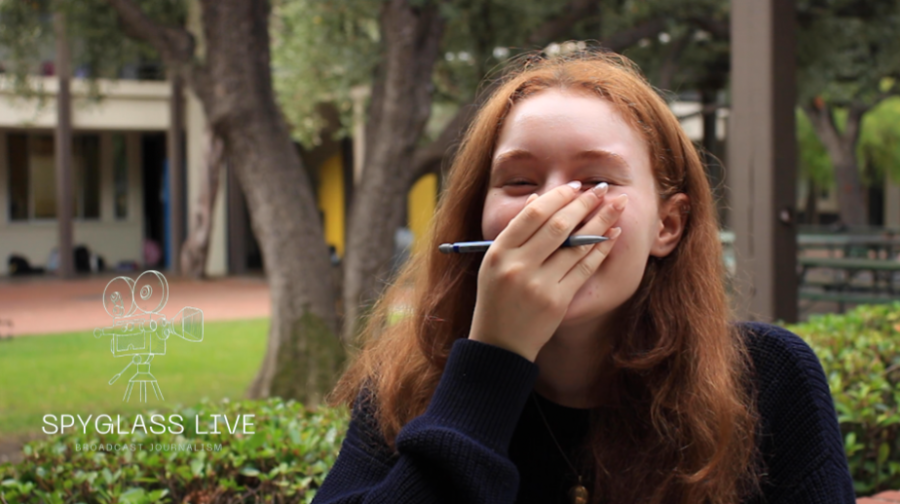
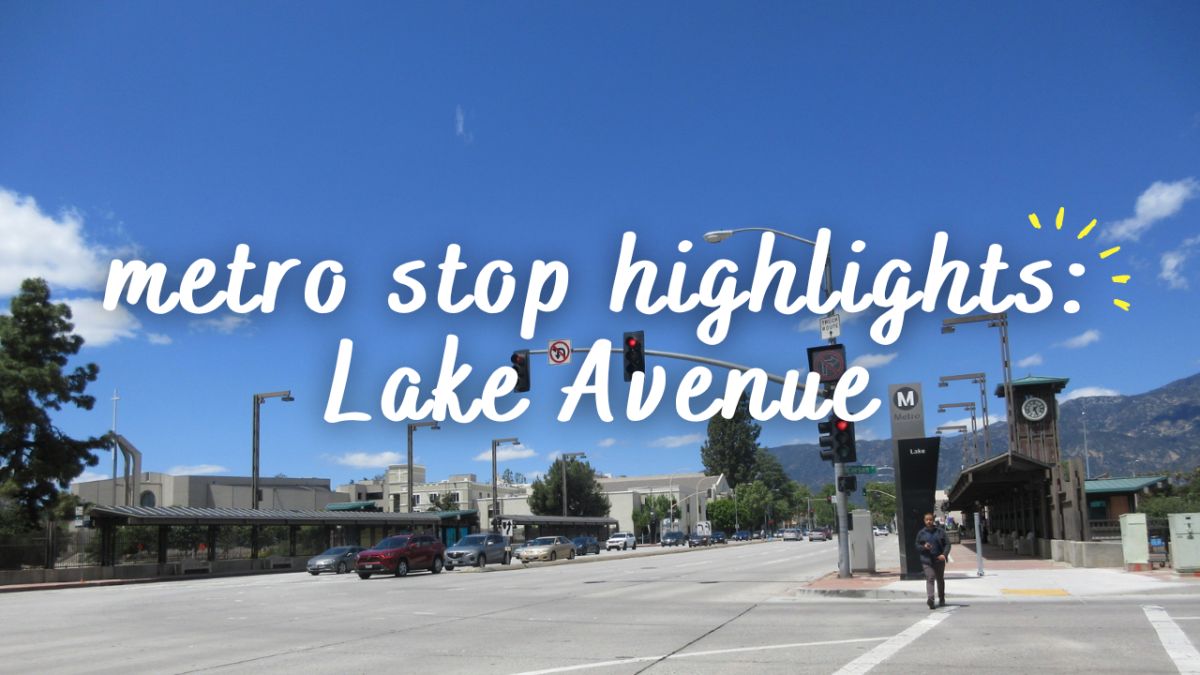
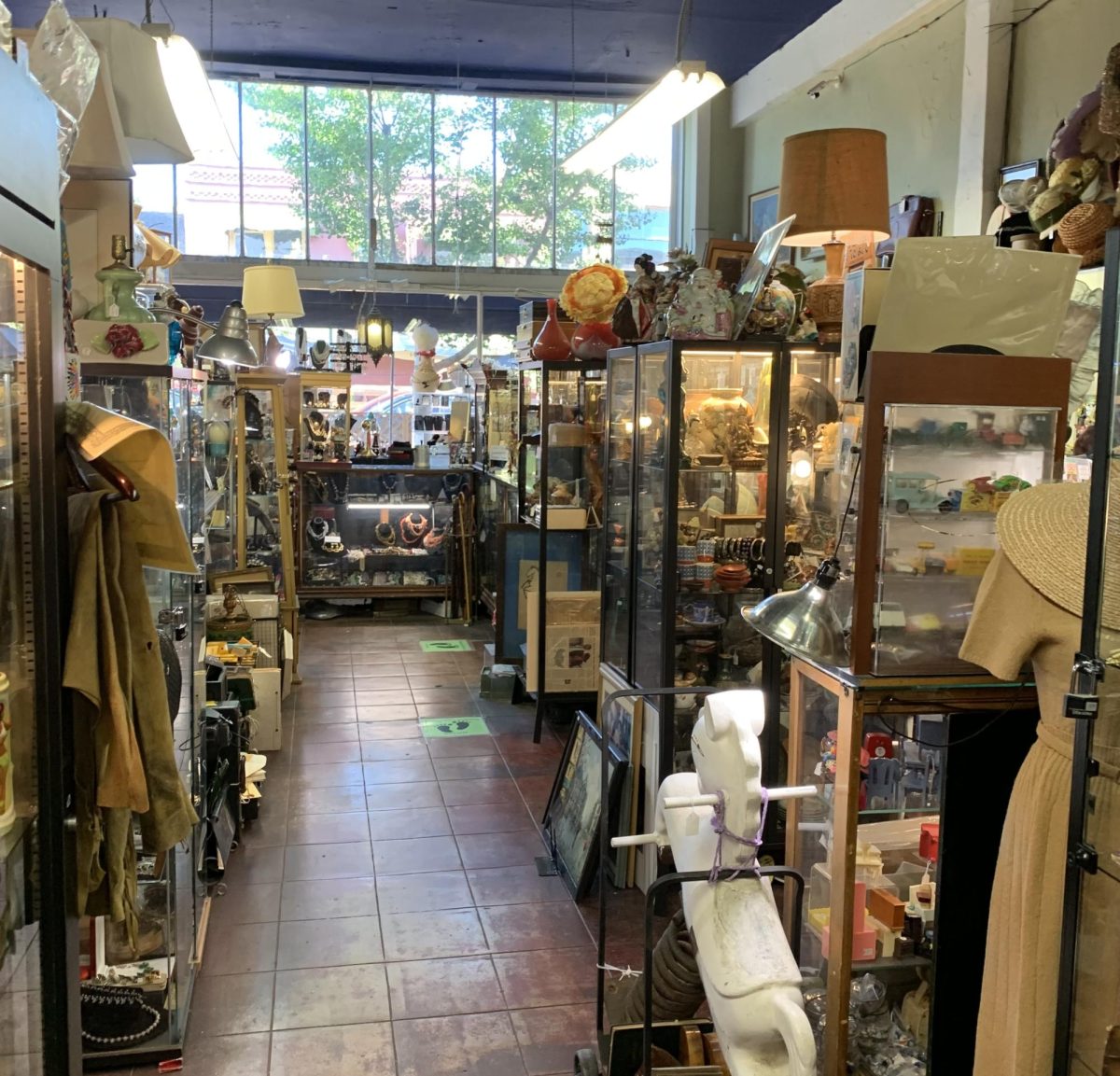
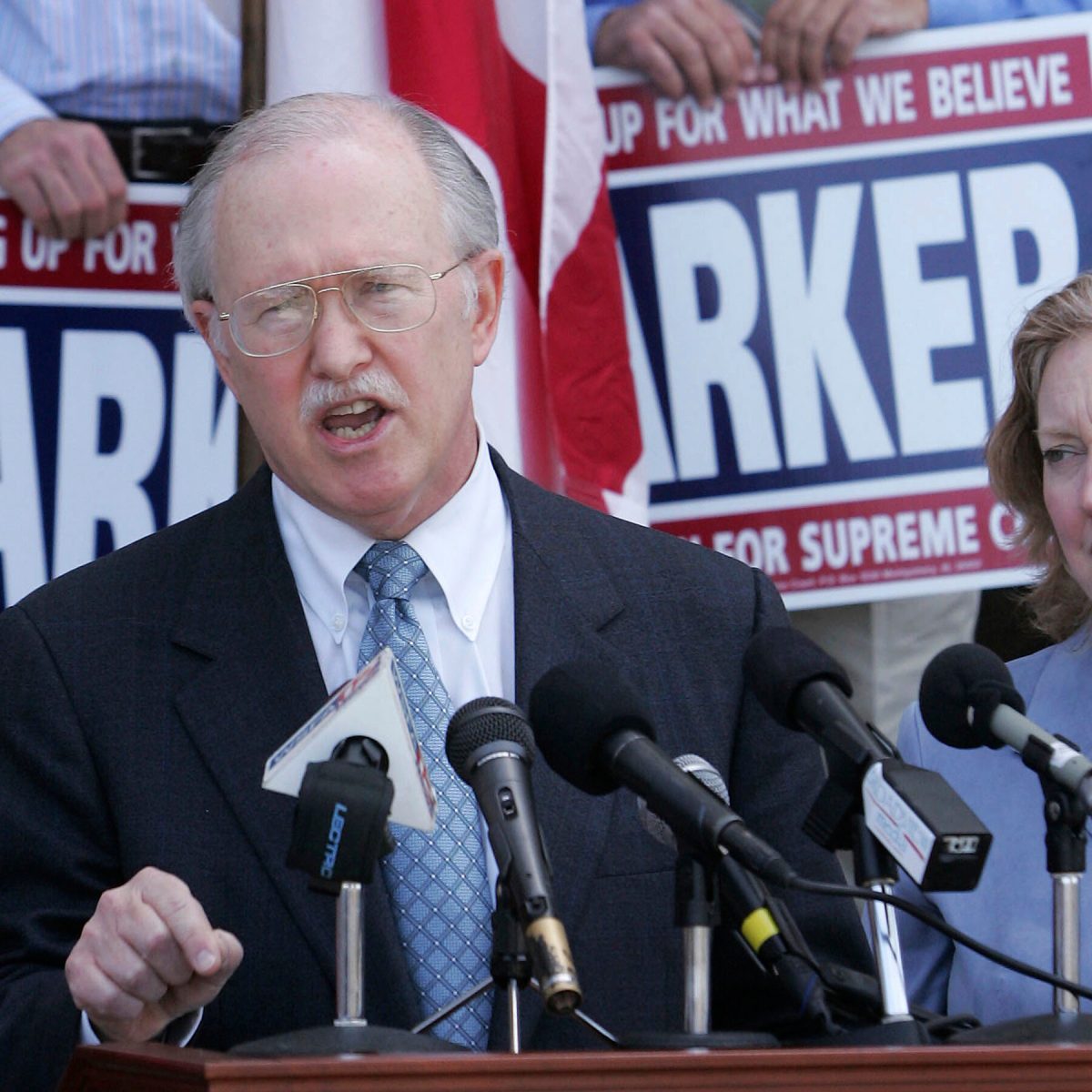
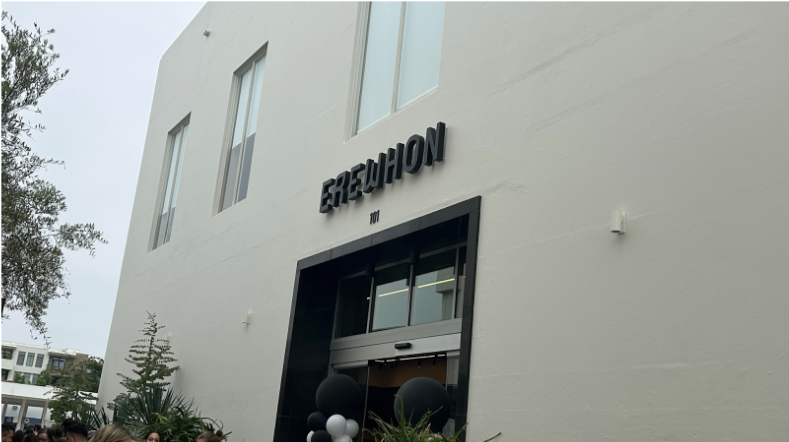

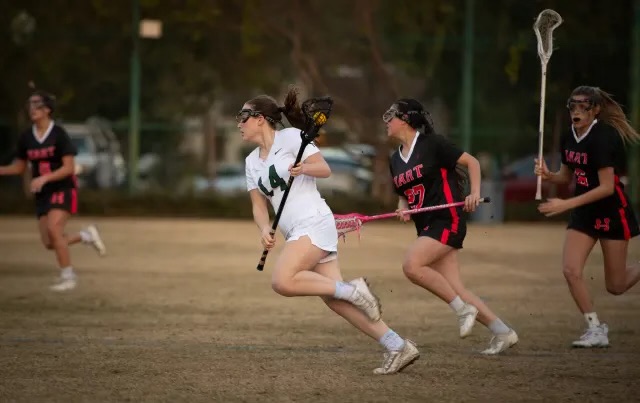
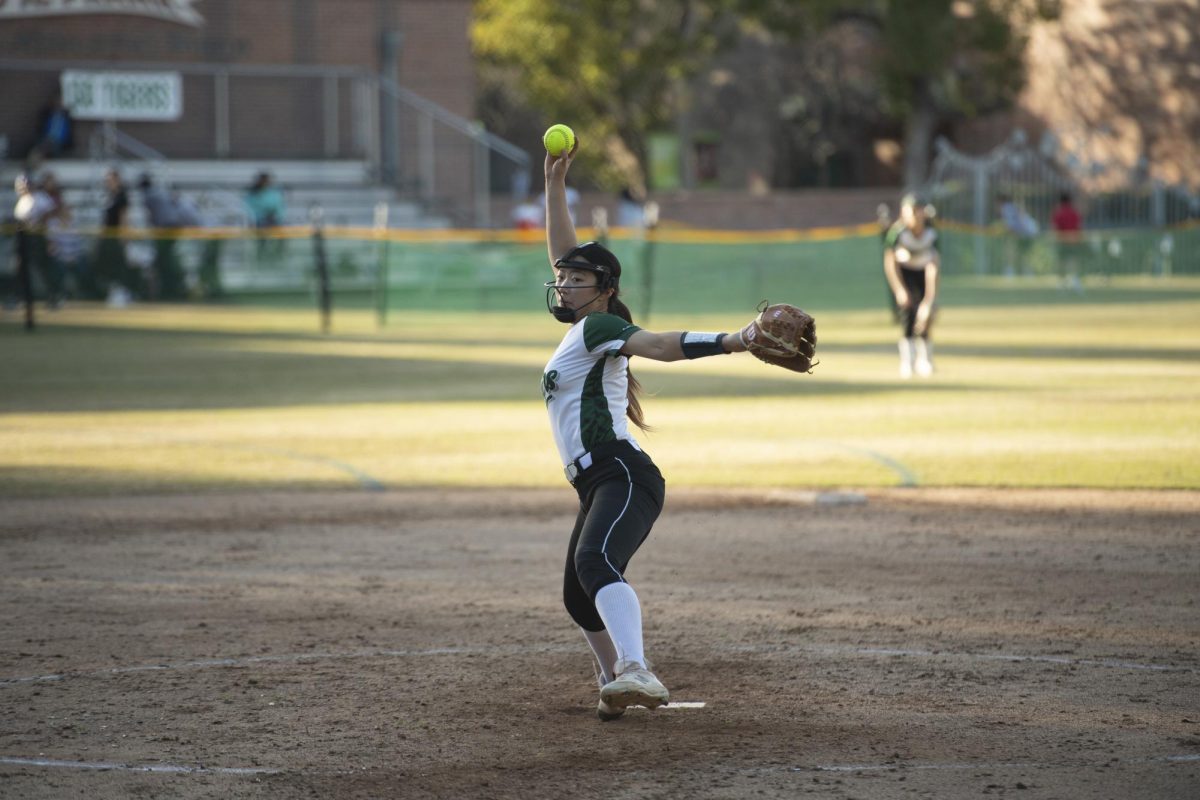
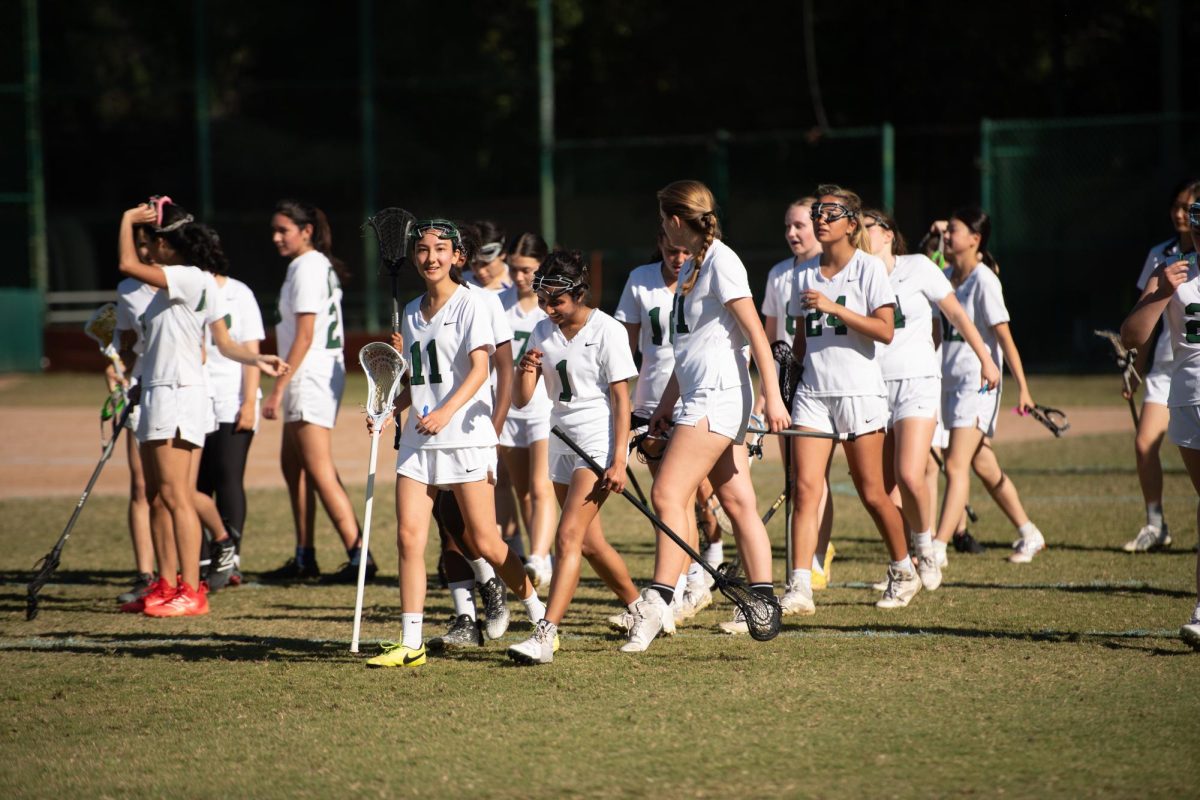


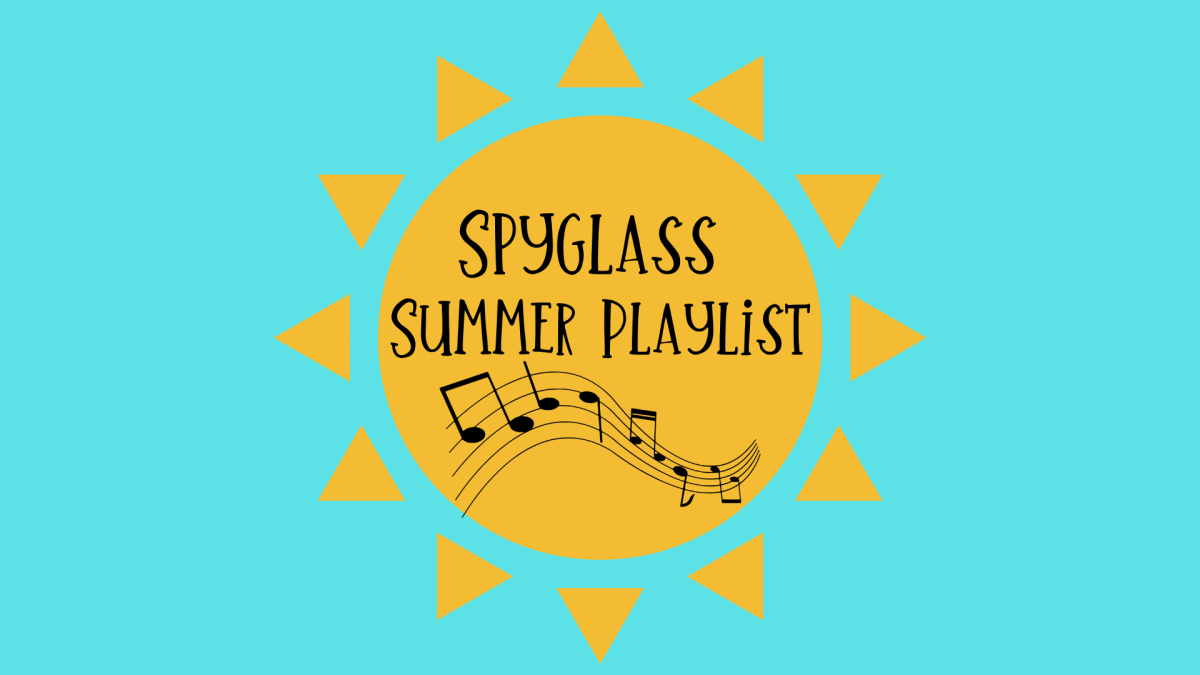

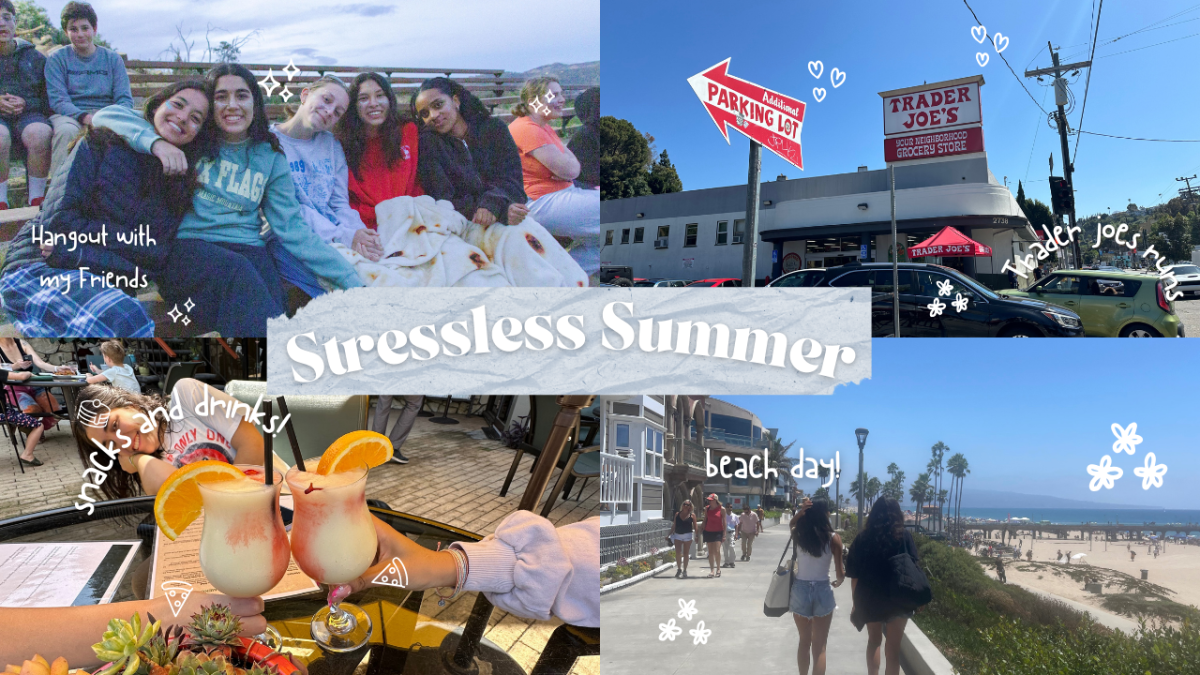
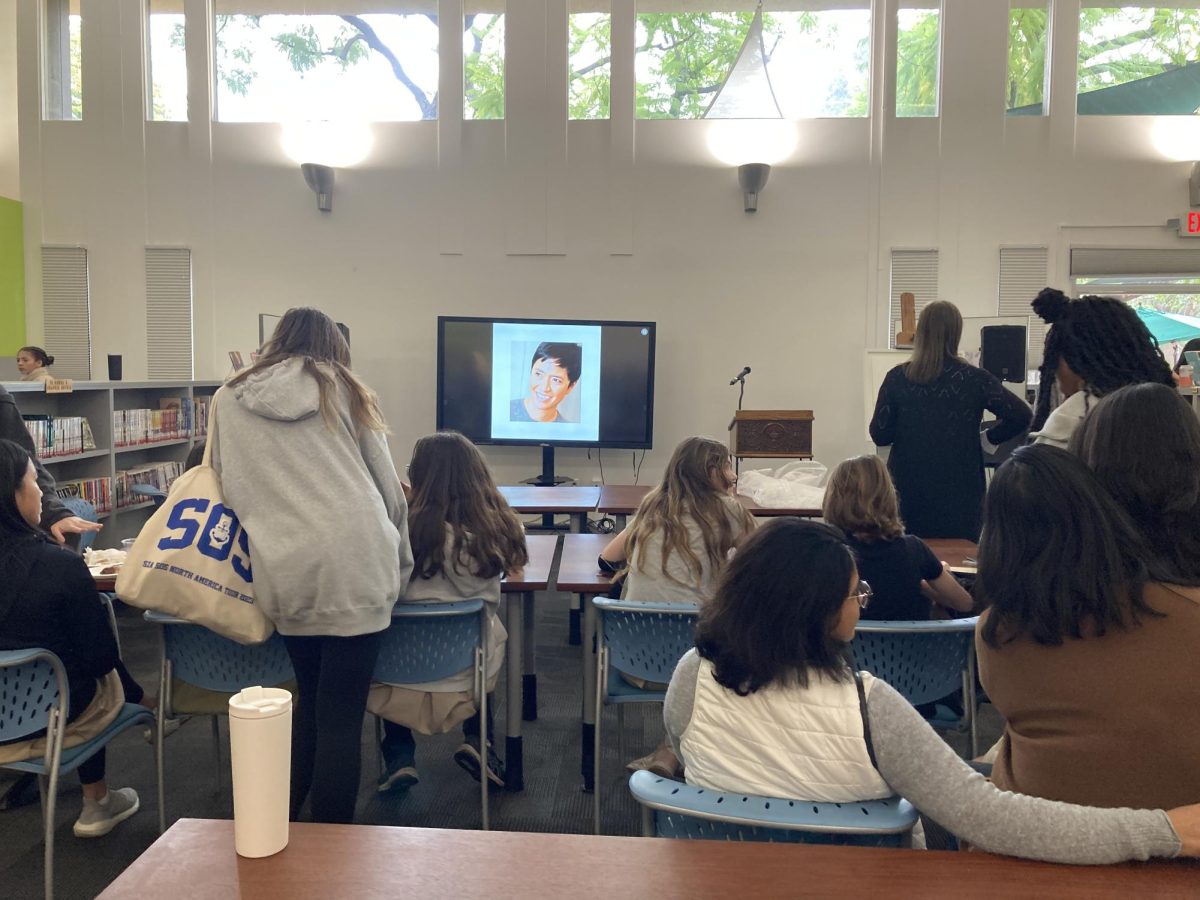

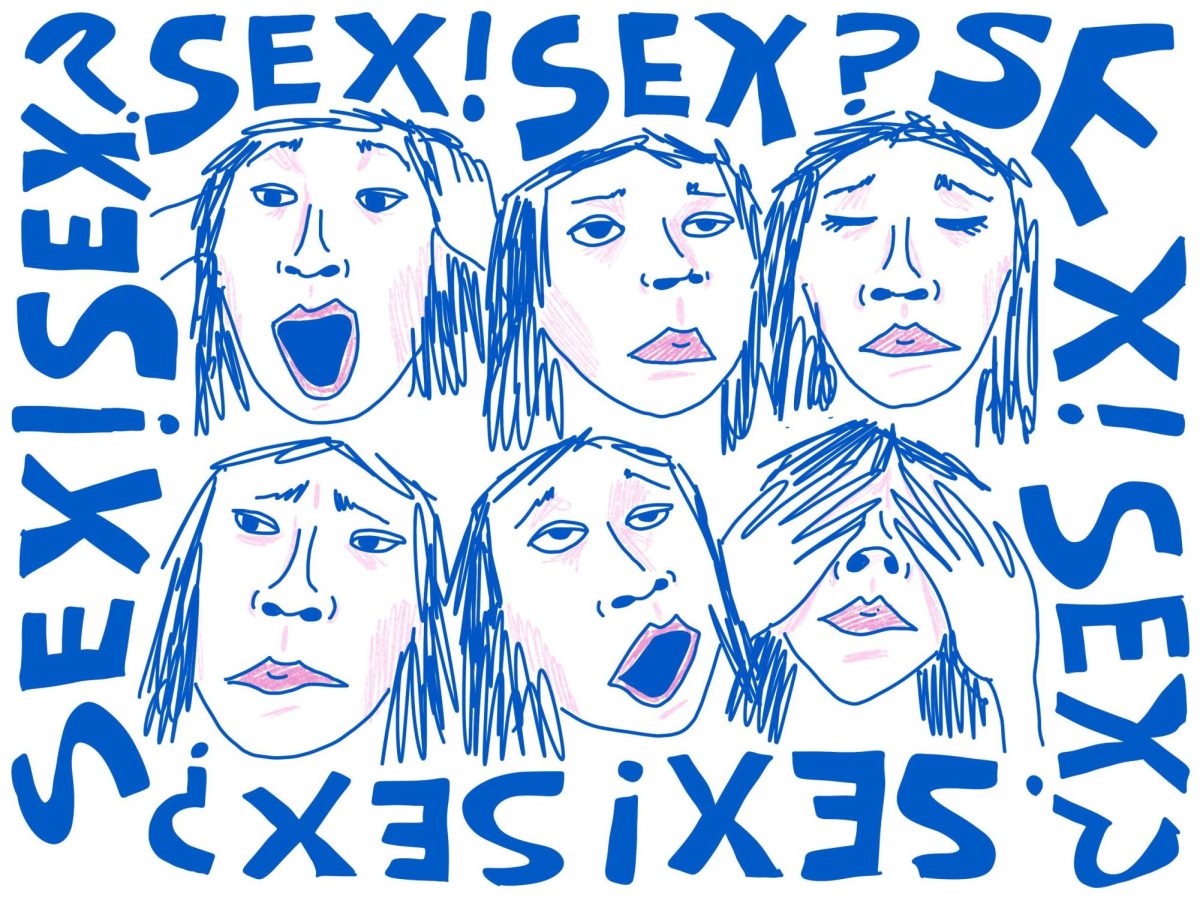
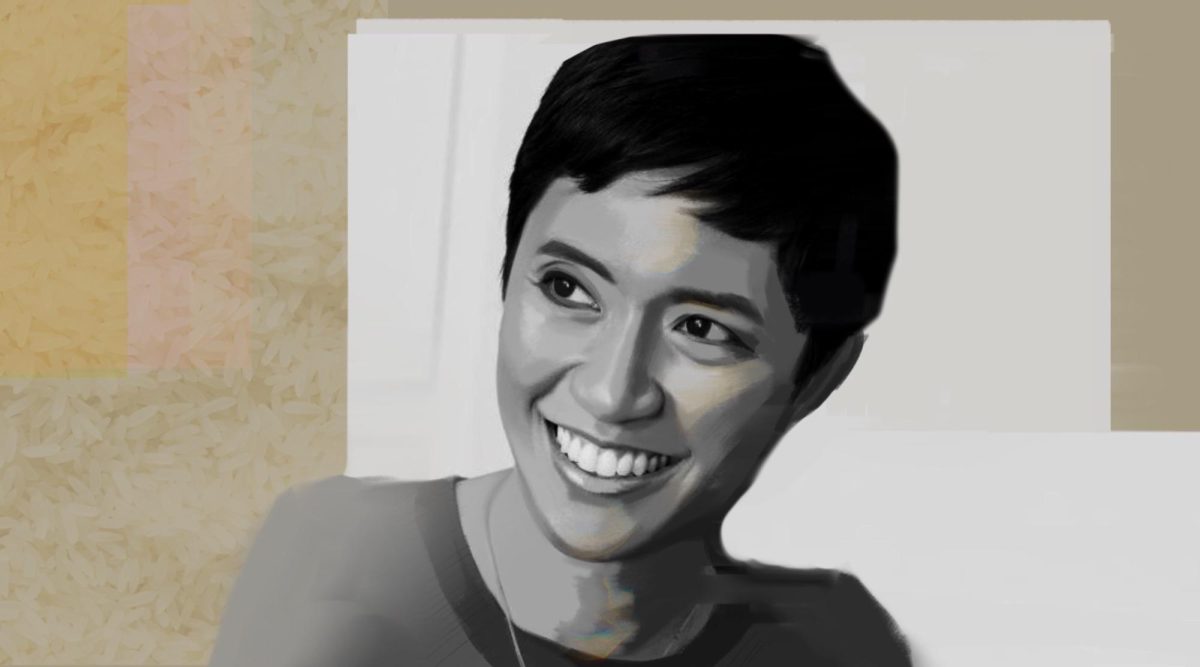
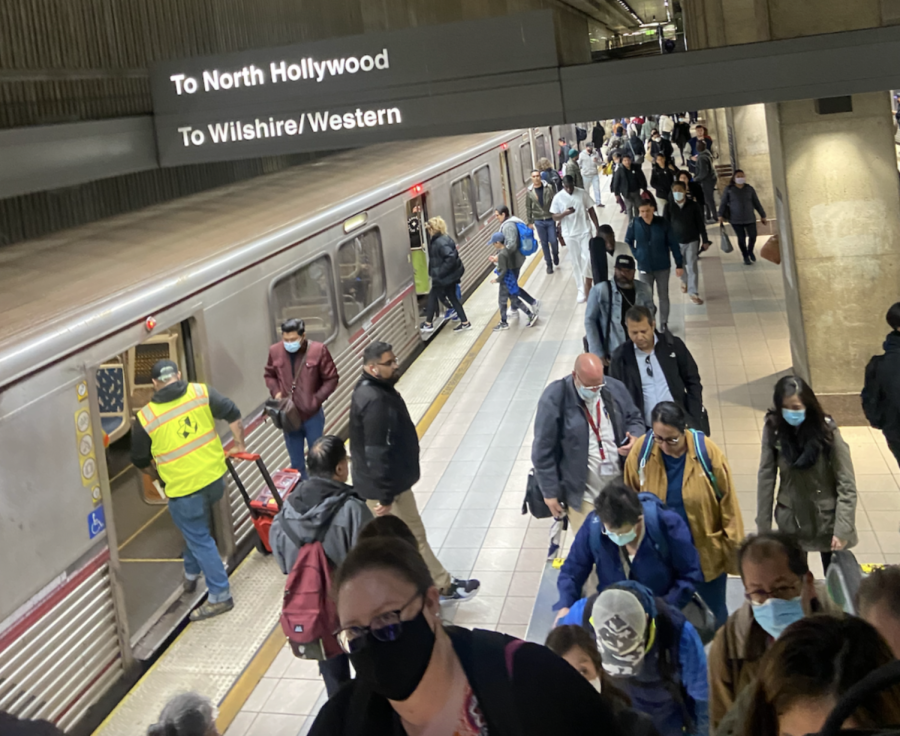
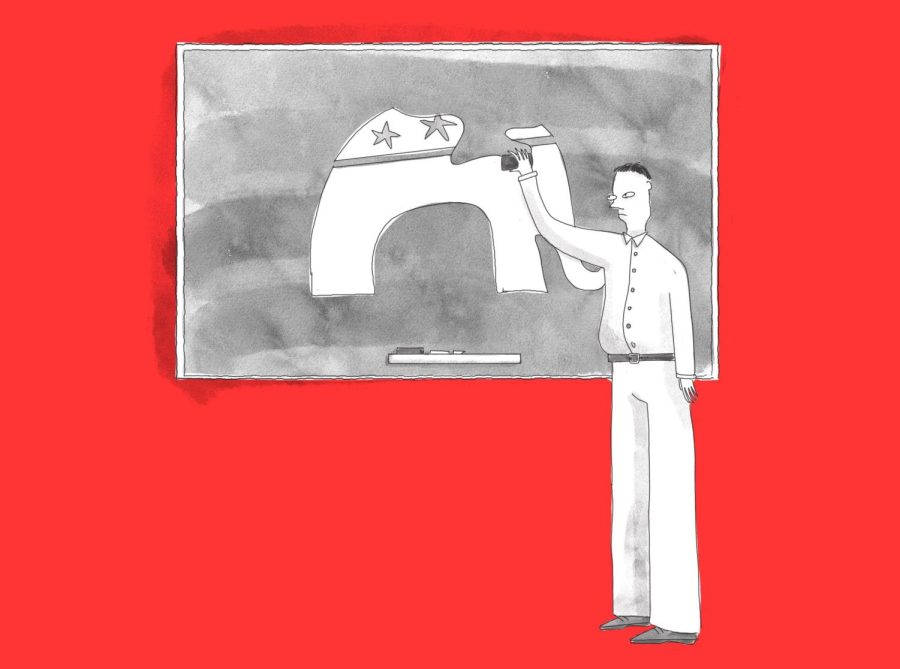
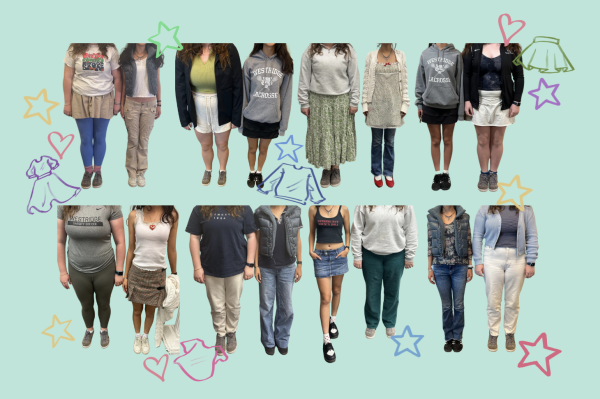


![[TTPD] has the more story-like poetic lyrics of folklore/evermore with her classic pop instrumental and production, so it feels very “her” to me. Like a culmination of everything she’s done to get to where she is now, comments Eliza L. 25](https://westridgespyglass.org/wp-content/uploads/2024/05/19swift-arrival-qfgw-articleLarge.jpg-598x600.webp)

